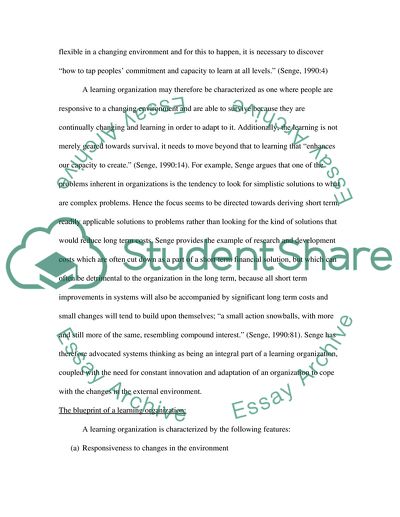Cite this document
(Learning Organizations in the USA Research Proposal, n.d.)
Learning Organizations in the USA Research Proposal. Retrieved from https://studentshare.org/education/1727611-to-what-extent-is-your-organisation-a-learning-organisation-how-would-you-turn-it-into-a-learning-organisation
Learning Organizations in the USA Research Proposal. Retrieved from https://studentshare.org/education/1727611-to-what-extent-is-your-organisation-a-learning-organisation-how-would-you-turn-it-into-a-learning-organisation
(Learning Organizations in the USA Research Proposal)
Learning Organizations in the USA Research Proposal. https://studentshare.org/education/1727611-to-what-extent-is-your-organisation-a-learning-organisation-how-would-you-turn-it-into-a-learning-organisation.
Learning Organizations in the USA Research Proposal. https://studentshare.org/education/1727611-to-what-extent-is-your-organisation-a-learning-organisation-how-would-you-turn-it-into-a-learning-organisation.
“Learning Organizations in the USA Research Proposal”, n.d. https://studentshare.org/education/1727611-to-what-extent-is-your-organisation-a-learning-organisation-how-would-you-turn-it-into-a-learning-organisation.


